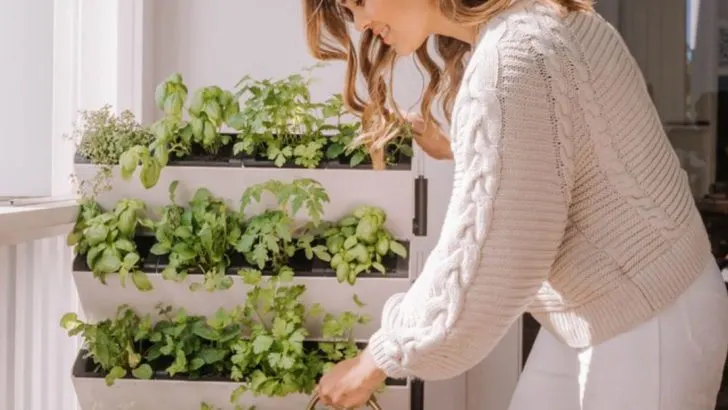Vertical gardening is the ultimate space-saving solution for gardeners with limited room or those looking to maximize productivity.
By growing your vegetables upward instead of outward, you can enjoy a bountiful harvest while adding visual appeal to your garden. From climbing beans to cascading tomatoes, there are plenty of vegetables that thrive in vertical setups.
Here are 18 vegetables that make vertical gardening both fun and rewarding, offering you fresh produce and a creative way to transform your garden into a productive, space-efficient paradise.
Tomatoes
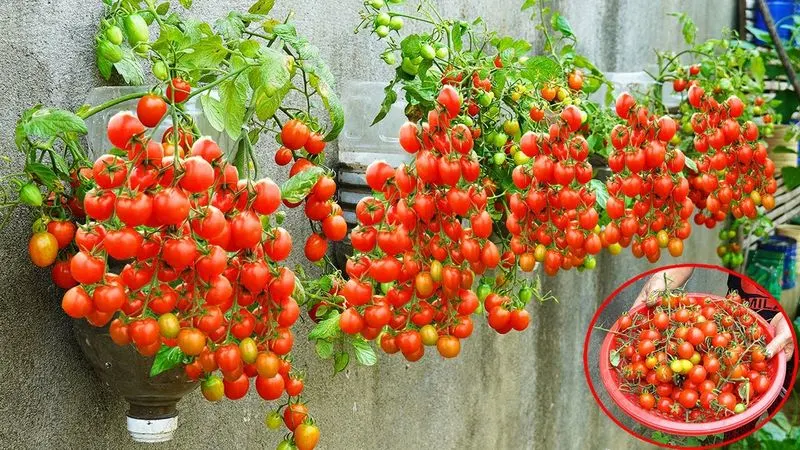
Known for their vibrant red hue and juicy taste, these fruits thrive in vertical gardens. Supporting them with a sturdy trellis encourages healthy growth and abundant yields. Cherry and Roma varieties are particularly well-suited for this setup. Maximize sunlight exposure and ensure consistent watering for best results.
Cucumbers
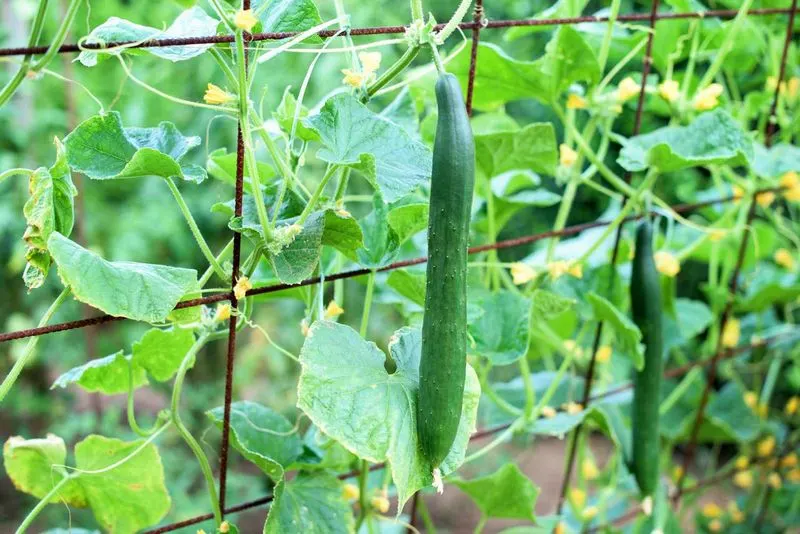
These climbers excel in vertical gardens with their natural vining habit. Providing ample vertical support helps them produce straight, healthy cukes. Regular harvesting encourages continuous production. Choose varieties like ‘Boston Pickling’ or ‘Marketmore’ for optimal results.
Pole Beans
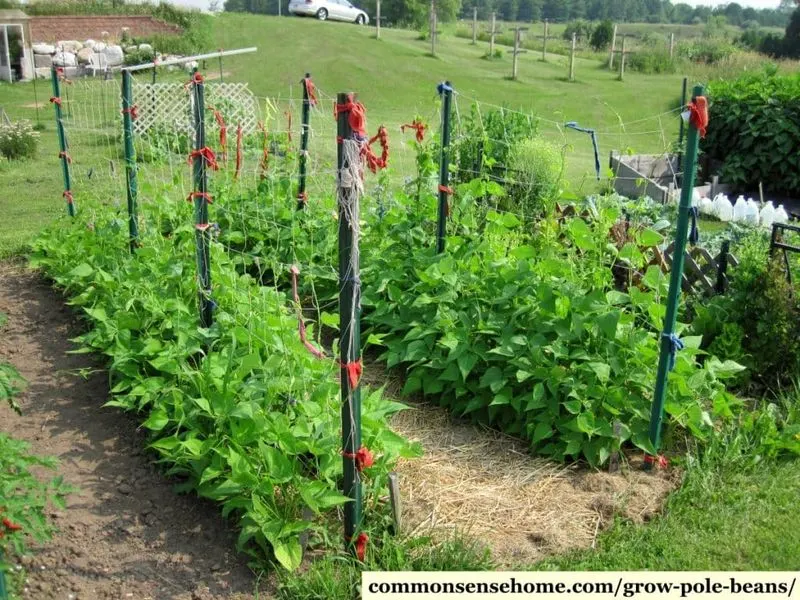
A staple for vertical gardens, these grow vigorously upwards, producing long, tender pods. Their efficient use of vertical space allows for a higher yield in smaller areas. Keep the soil well-drained and pick beans regularly to stimulate ongoing growth.
Peas
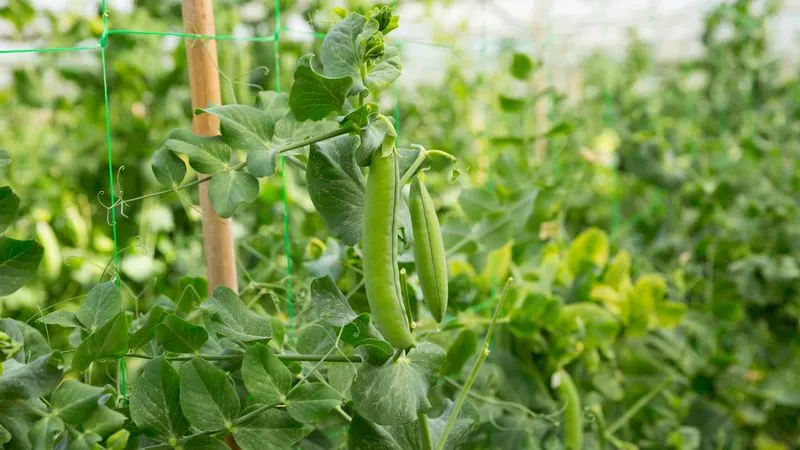
Their tendrils naturally reach out for support, making them perfect for vertical gardening. As they climb, they produce sweet pods filled with tender peas. Varieties like ‘Sugar Snap’ or ‘Snow Peas’ are excellent choices.
Zucchini
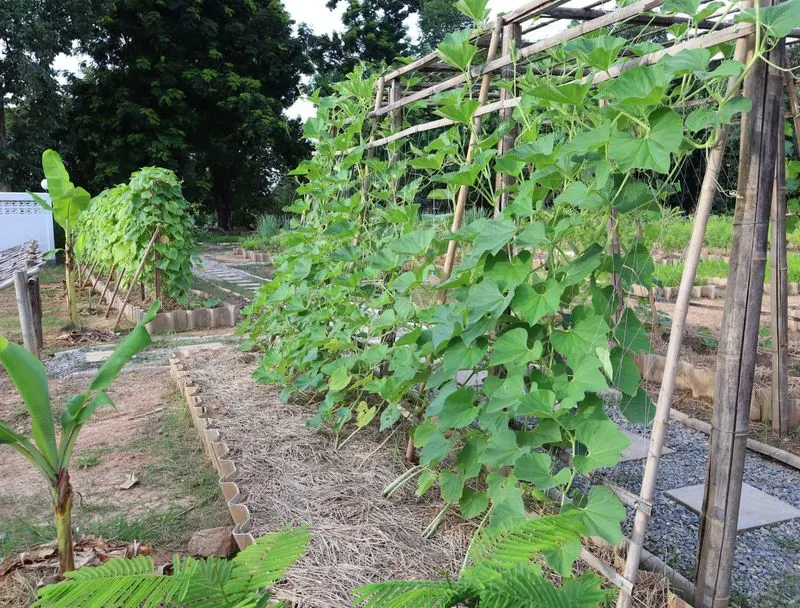
Although traditionally sprawling, they can be trained to grow vertically. Vertical support minimizes disease and conserves space. Select bush varieties like ‘Black Beauty’ to make the most of their vertical potential.
Lettuce
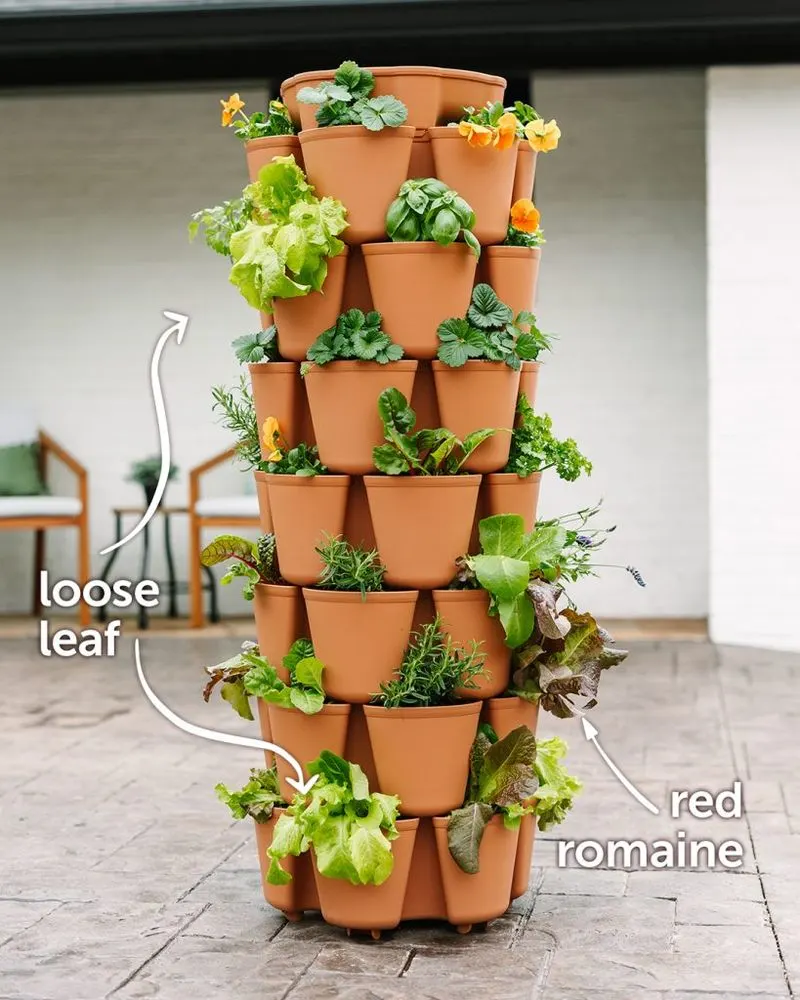
Perfect for vertical wall gardens, varieties can be planted in pockets or stacked pots. Their shallow roots adapt well to confined spaces. Keep them cool and moist for crisp, tender leaves. Rotate plantings for a continuous supply.
Spinach
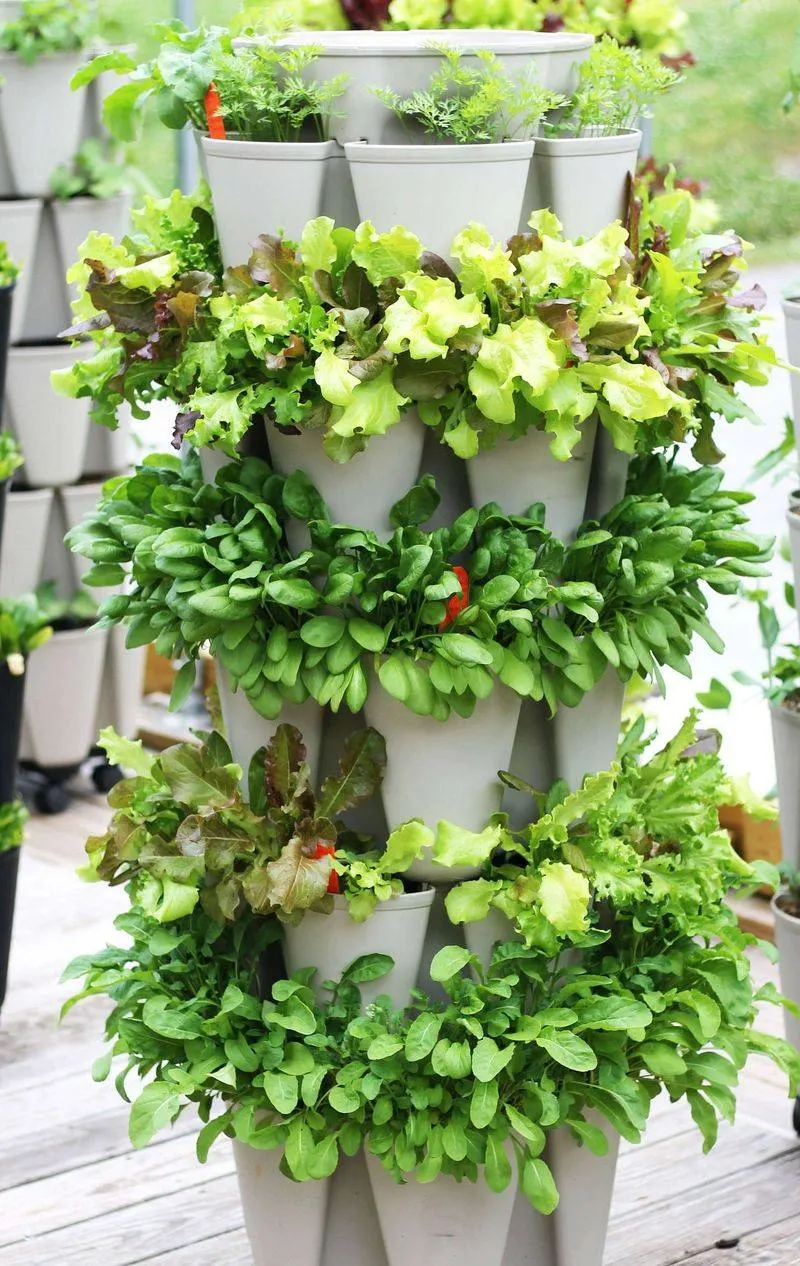
Spinach thrives in vertical planters with its compact growth habit. It prefers cool weather and rich soil. Harvest leaves from the outside to allow the plant to continue producing new growth. Ideal for salads and cooking.
Herbs (Basil)
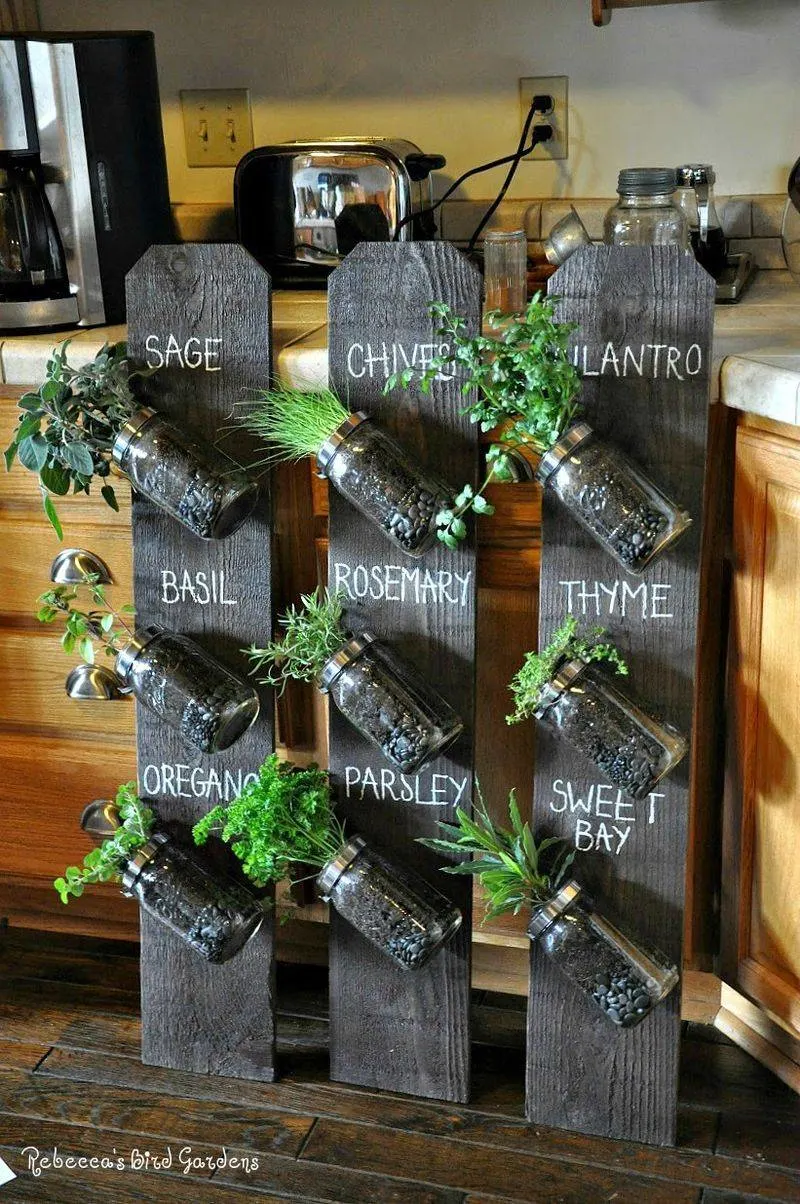
Basil thrives in confined spaces like vertical gardens. Its aromatic leaves are perfect for culinary uses. Regular pruning encourages bushier growth and prevents flowering. Keep it well-watered and in a sunny spot.
Herbs (Mint)
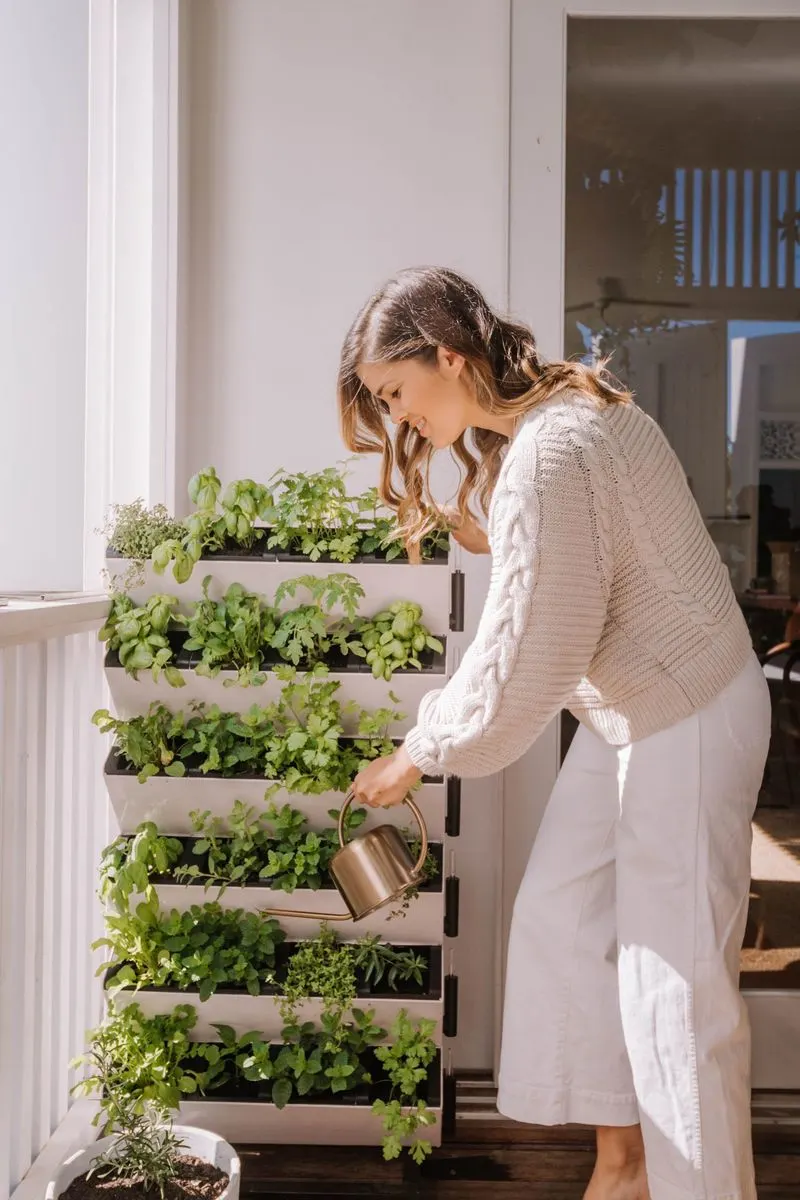
Mint’s vigorous growth makes it an excellent candidate for vertical gardens, where it can be contained. Its refreshing leaves add flavor to drinks and dishes. Allow for good drainage to prevent root rot.
Beets
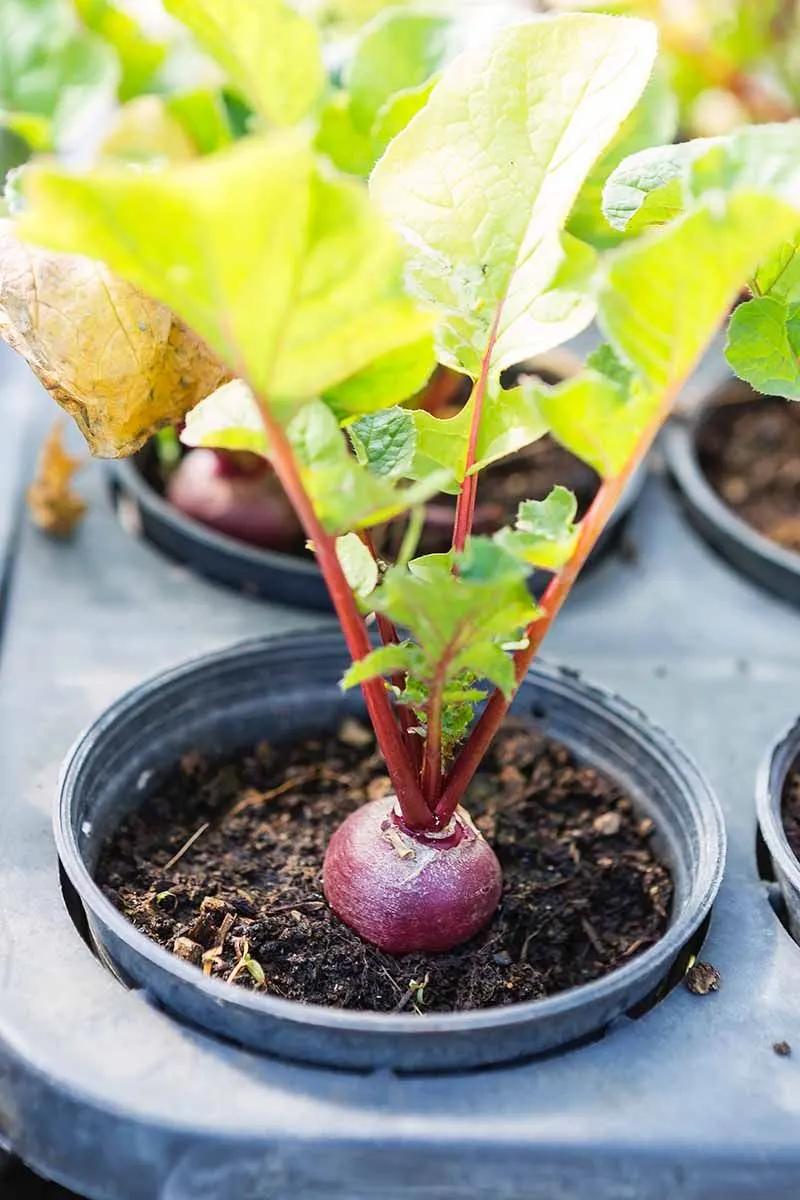
Beets can be successfully grown vertically, especially in tiered gardens. Their greens are edible and nutritious, while the roots provide earthy flavors. Ensure the soil is loose and deep enough for root development.
Radishes
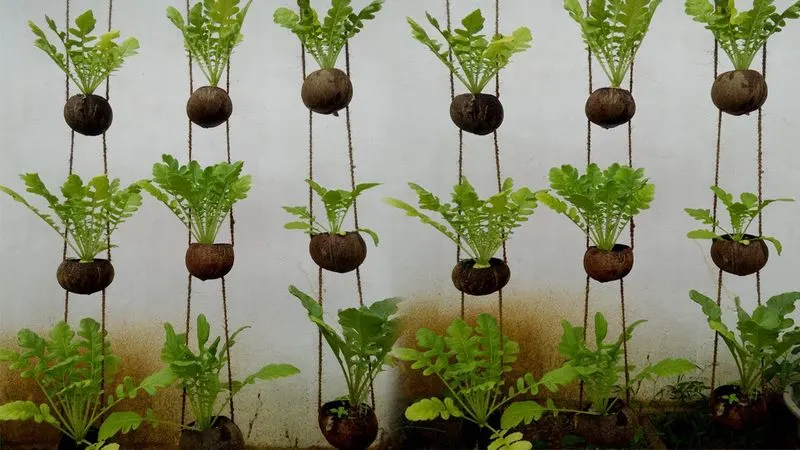
Fast-growing and perfect for small spaces, radishes enjoy the vertical garden environment. Their quick maturity makes them a rewarding choice. Keep soil consistently moist for crisp roots, and plant successively for a continuous harvest.
Carrots
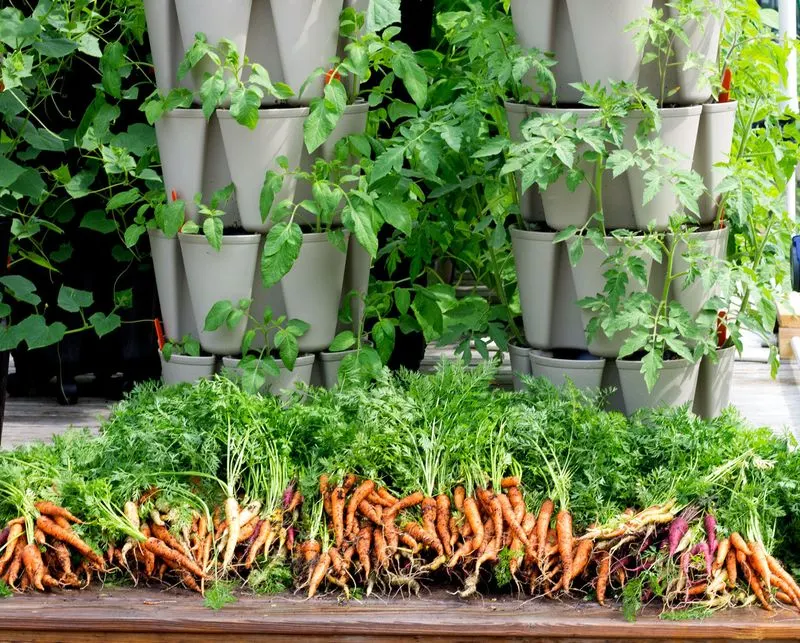
Carrots adapt well to vertical gardening, especially when using deep planters. Select shorter varieties like ‘Thumbelina’ or ‘Nantes’. Ensure the soil is loose and stone-free for the best root development. Regular watering encourages sweet, crunchy carrots.
Squash
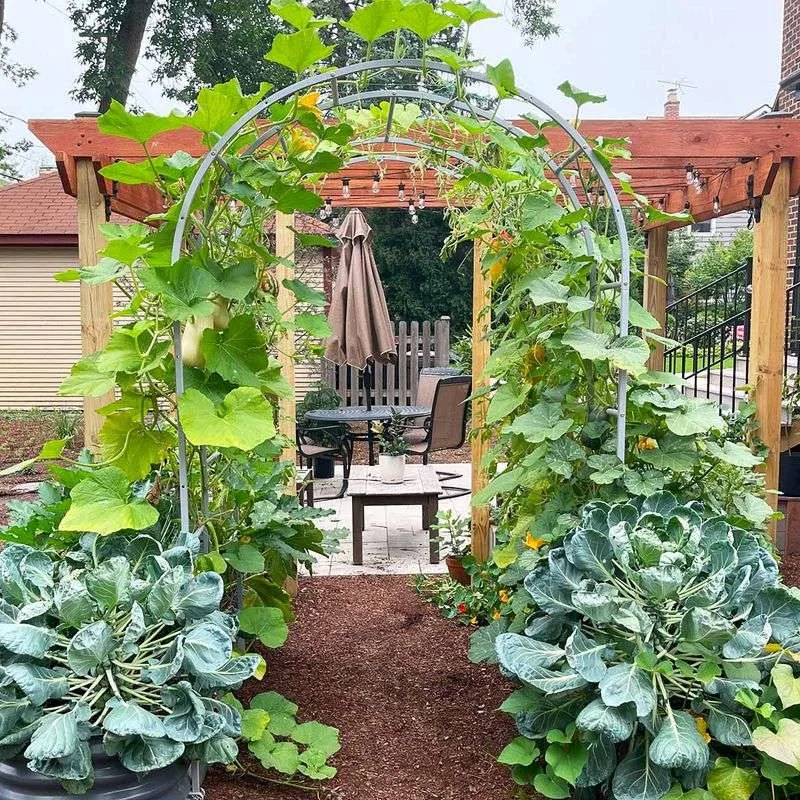
Though commonly sprawling, they can be trained to grow vertically with adequate support. This method saves space and improves air circulation, reducing disease. Choose smaller varieties like ‘Pattypan’ or ‘Acorn’. Ensure sturdy support for the weight of the fruits.
Peppers
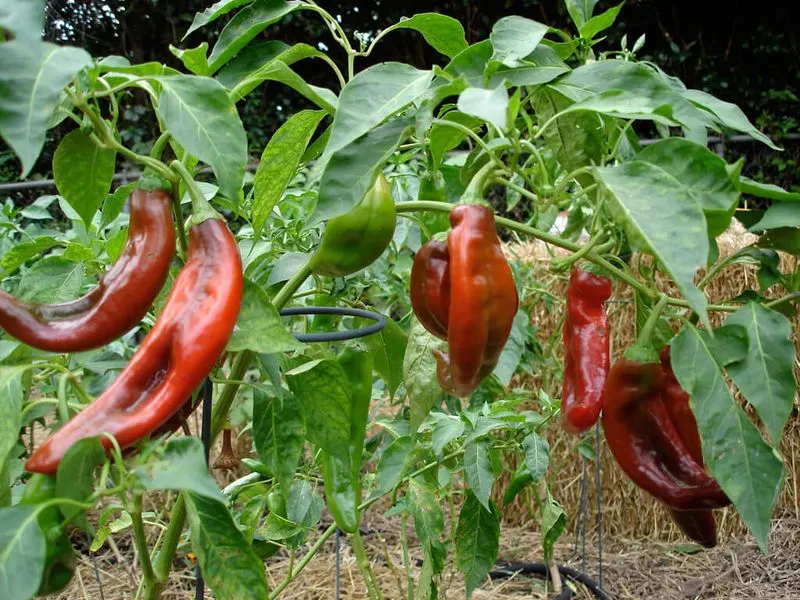
Peppers, both sweet and hot, flourish in vertical settings. Their compact size makes them suitable for tight spaces. Provide them with lots of sunlight and regular watering. Staking or caging helps support the weight of developing fruits.
Eggplants
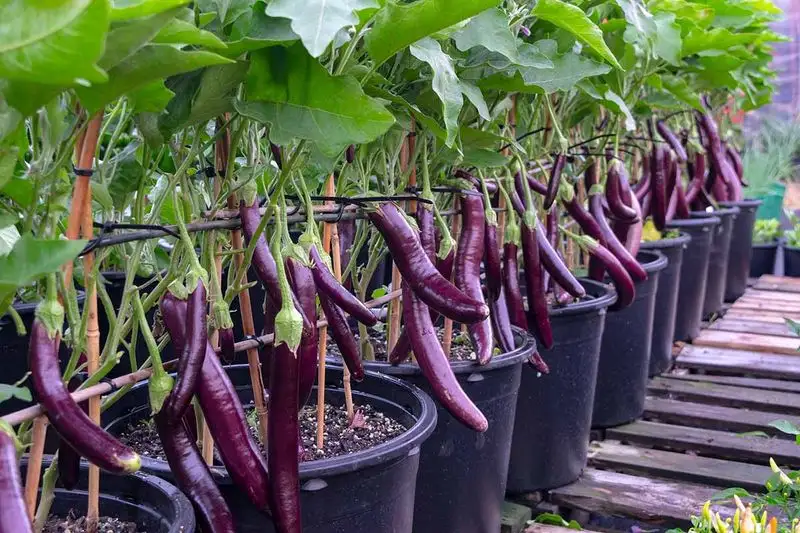
These require sturdy support but thrive in vertical gardens. Their striking purple fruits are both ornamental and delicious. Opt for smaller varieties like ‘Fairy Tale’ for easier management. Regular harvesting encourages more production.
Kale
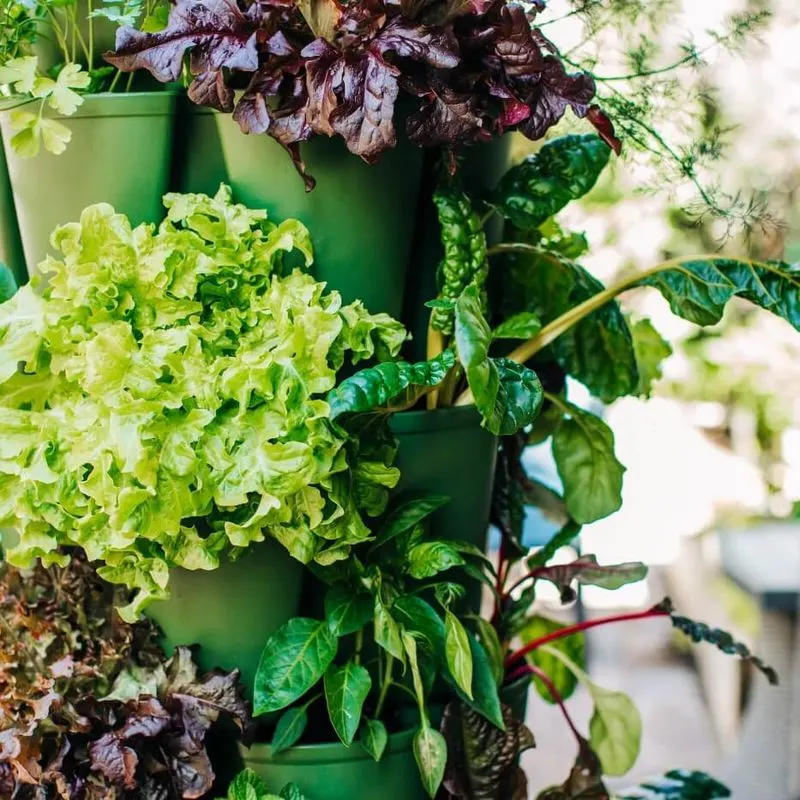
Kale’s hardy nature and upright growth make it ideal for vertical gardening. It tolerates cooler temperatures and can be harvested leaf by leaf. Its nutrient-rich leaves are perfect for salads and smoothies. Keep it well-watered for tender foliage.
Swiss Chard
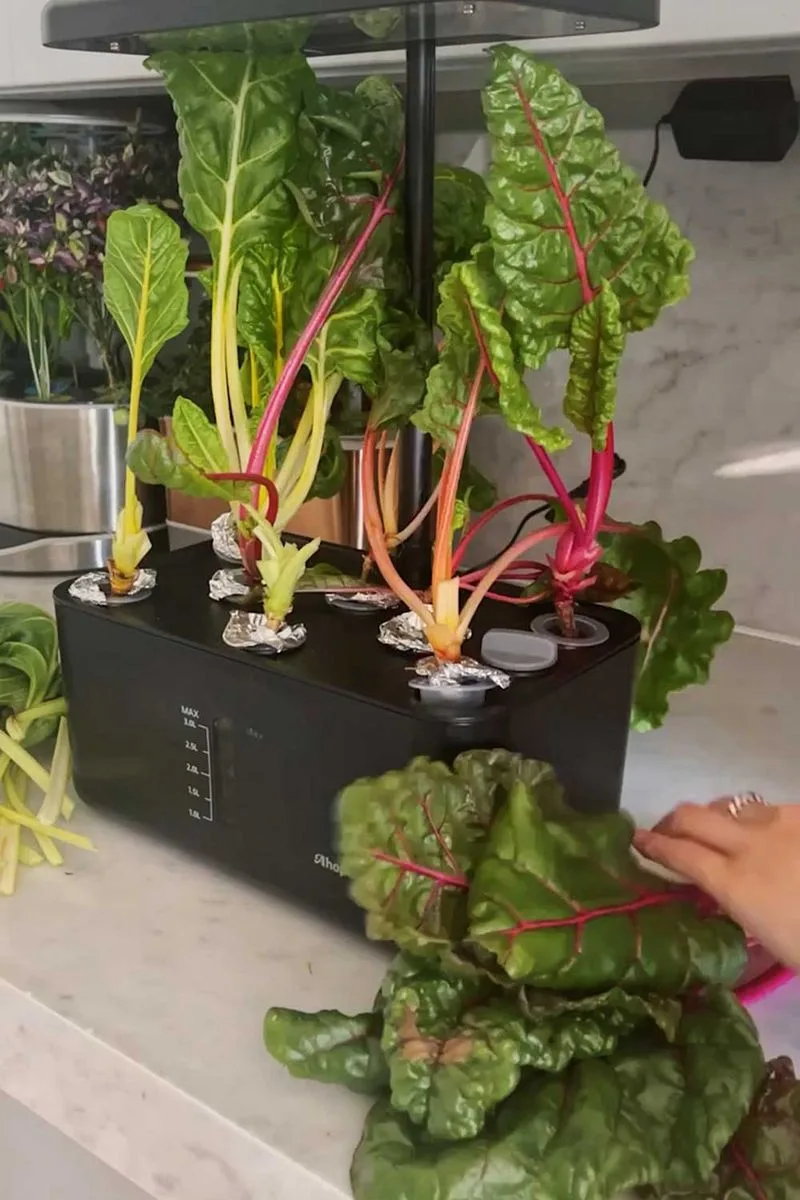
With its vibrant stems and leafy greens, Swiss chard is both decorative and edible. It thrives in vertical settings, producing continuously. Harvest outer leaves regularly to encourage new growth. Provides color and nutrition to any meal.
Broccoli
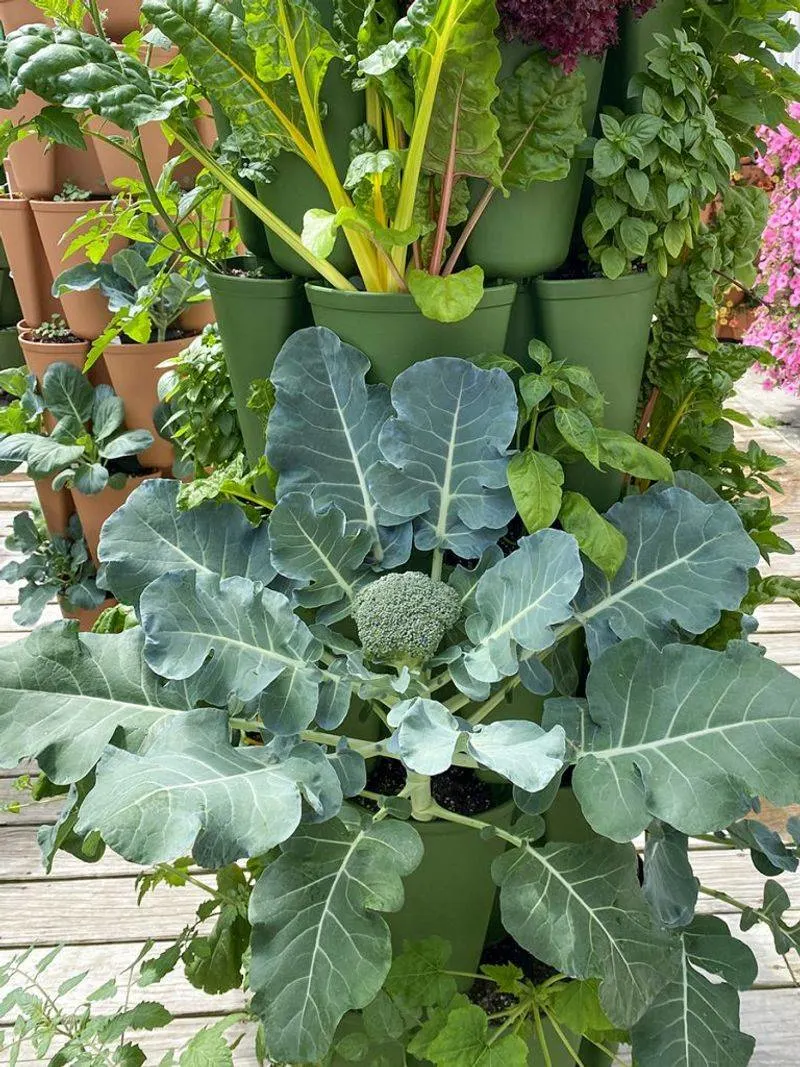
These can be grown vertically with plenty of sunlight and nutrients. Select varieties like ‘Green Magic’ or ‘Waltham 29’. Regular feeding and consistent moisture ensure healthy heads. Harvest when the heads are firm and tight, before flowering.

